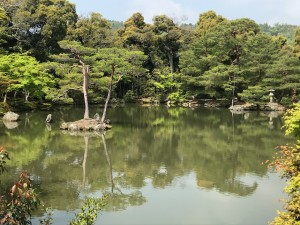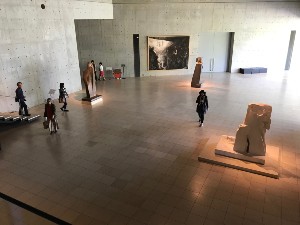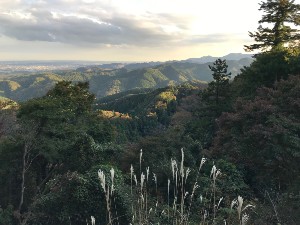Matsuyama Castle on the Hilltop

I can't believe it's been ten years since we traveled to Matsuyama, Ehime Prefecture, for the wedding of one of our nieces. At the time, I didn't know much about Shikoku, though it was on my list of places to visit someday. But with the wedding came an opportunity to see some of Matsuyama, and we wanderers don't squander our opportunities!
We arrived a couple of days before the wedding, so we had some time to take a look around. On the top of my list was Matsuyama Castle. As it turned out, that was the only thing on our list. Wedding activities occupied us for the rest of our time there.
Construction began on Matsuyama Castle in 1602, and took 25 years to complete. The castle complex takes up the entire top of the mountain, and features sturdy stone walls, moats, and winding hillside pathways and strategic gates that were a formidable defense for the castle.
We stayed at a hotel within walking distance of the castle, so we were lucky in that regard. Or did we just plan carefully? It's been too long, it's hard to remember exactly. In any case, we made our way towards the castle after lunch, walking slowly in the drizzle and fog that enveloped the city.
The castle is situated at the top of Mt. Katsuyama. Getting to the top requires some uphill walking, but if you prefer, you can ride the gondola lift or a chair lift to the base of the castle. If you want to take the gondola, or ropeway as some people call it, approach the castle from the east.
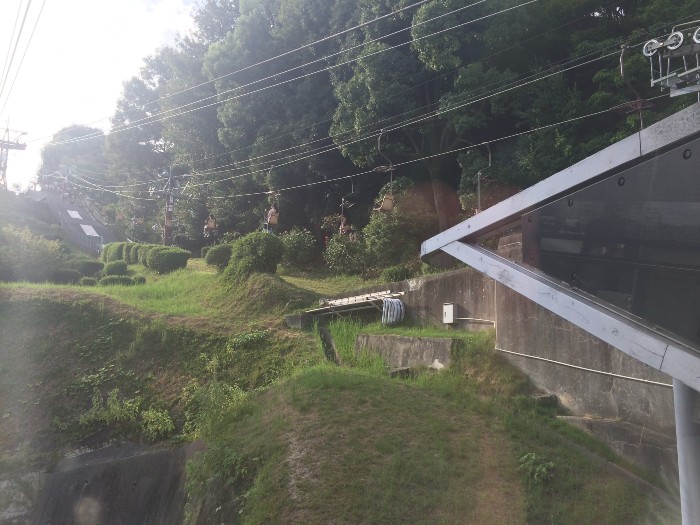
We approached it from the west, crossing the bridge over the moat into the Sannomaru section of the castle complex, now referred to as Horinouchi.
The castle complex is broken down into three distinct areas. Sannomaru housed the castle's administrative center where all castle business was conducted. Today you can find the Civic Center and Ehime Museum of Art there, as well as Shiroyama Park. Ninomaru, which is the second level of defense of the castle, and most well know for its famous garden. Lastly, Honmaru houses the castle keep (tenshu) and is surrounded by strategically placed walls and gates.
Continue walking towards the castle in the distance, and you will eventually enter Ninomaru.
You'll not want to miss Ninomaru Historical Site Garden, as you walk towards the castle. It is a slight detour off the path to the castle, but worth it. The garden is a wonderful depiction of the floor plans of the original buildings that were here before they were burned down in 1872, with what looks like building foundations filled with water. There are flower beds too, a stream, pond, and waterfall, and tea garden houses too. It was raining while we were there, which to me was a perfect backdrop to this beautiful setting.
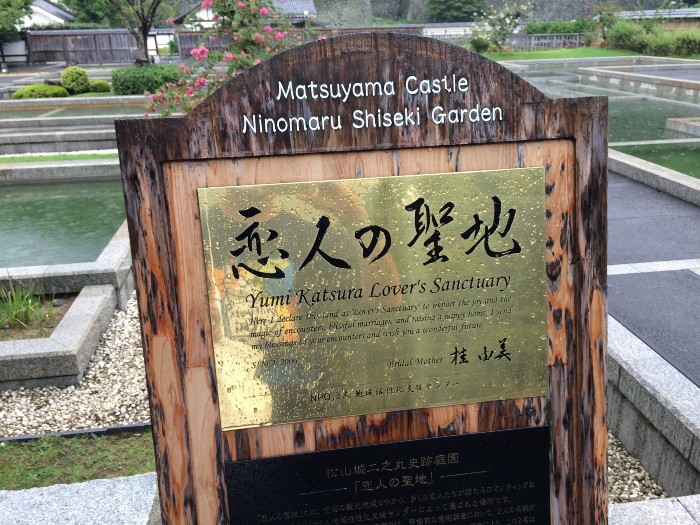
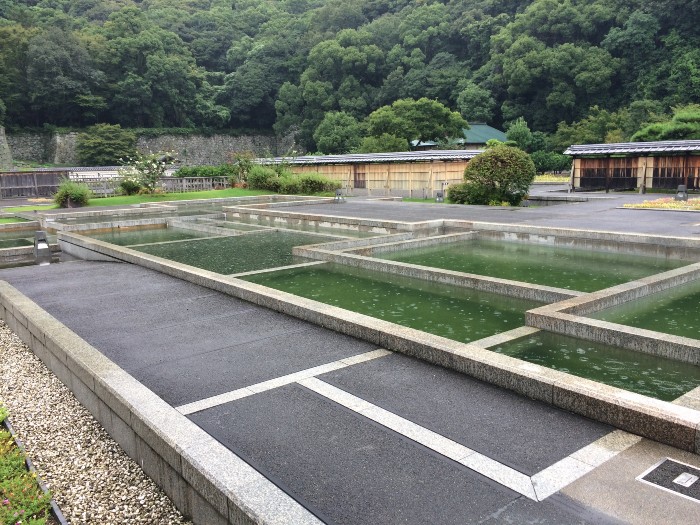
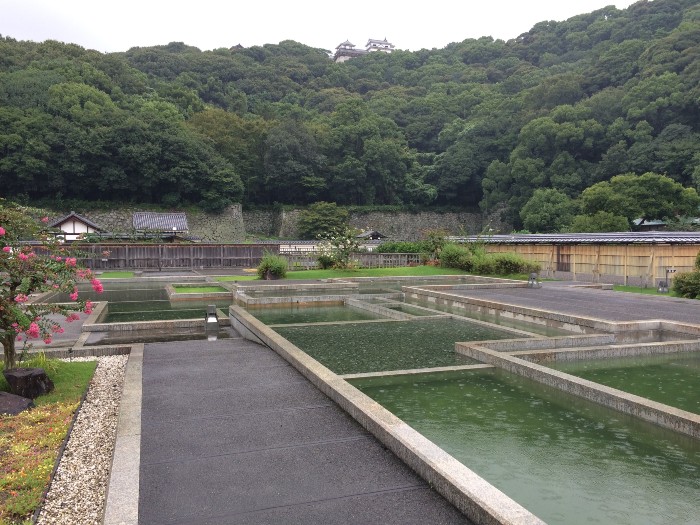
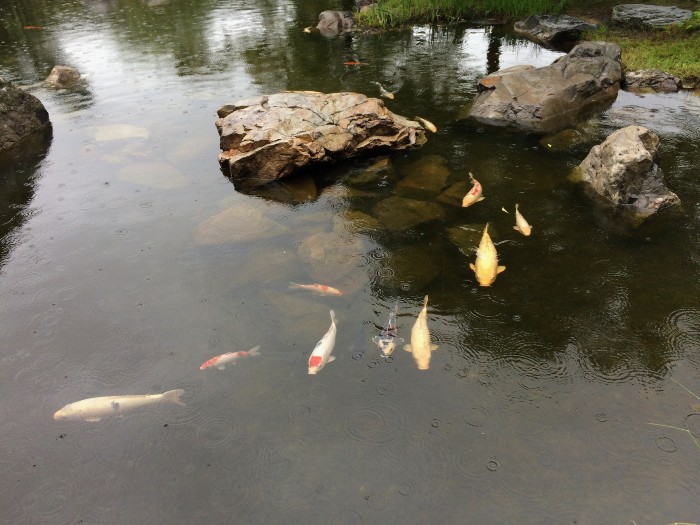
Continue walking towards the castle. You'll eventually stumble upon the Ninommaru castle walls and an upwardly inclined path. You'll be able to see some views of the Matsuyama City as you go higher in elevation.
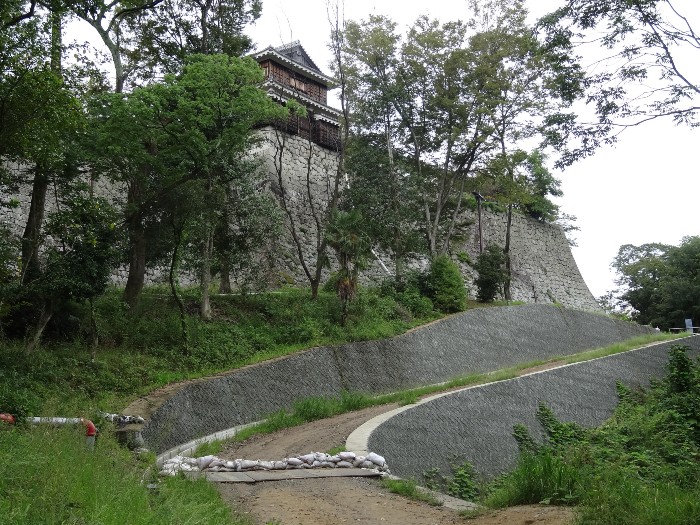
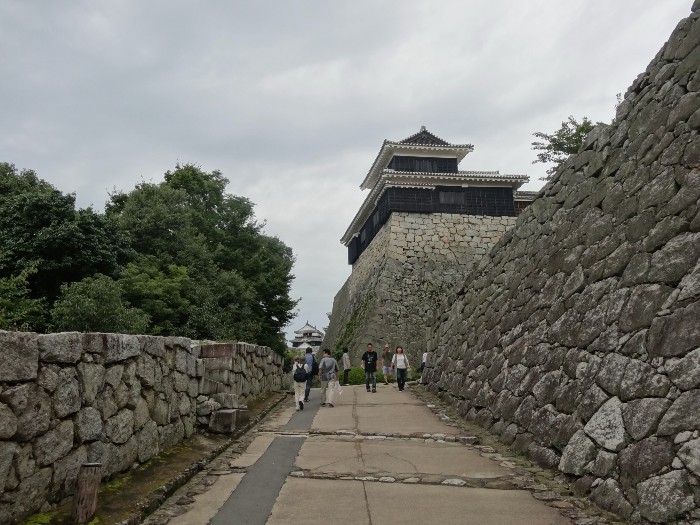
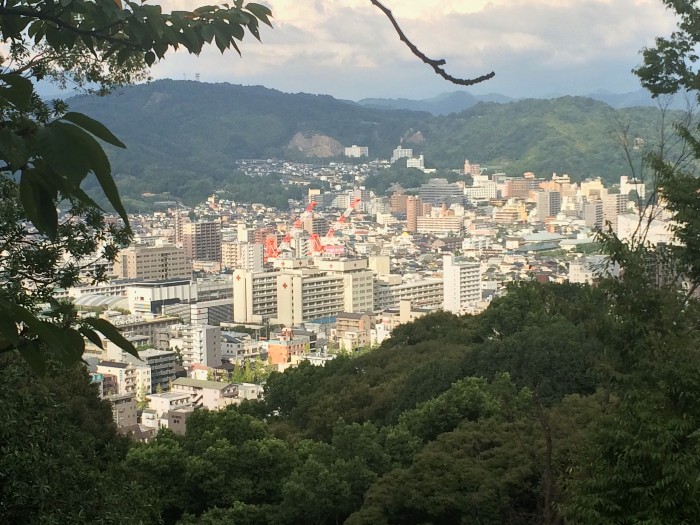
Finally, you'll reach the Honmaru, or main castle. The various gates leading into the tanshu are the last line of defense, and as you enter you will notice openings in the walls for defenders to shoot arrows, guns, or drop rocks on invaders. Wandering inside the castle keep is a facinating history lesson, with numerous displays and exhibits on weaponry, haiku poetry, traditional construction methods, and historical events.
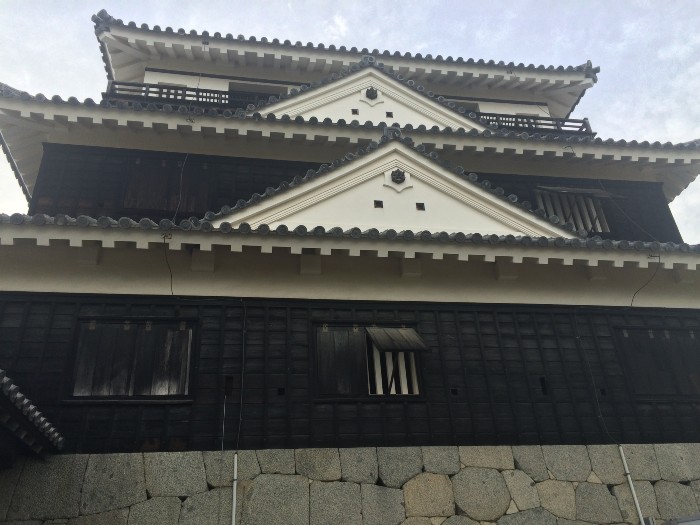
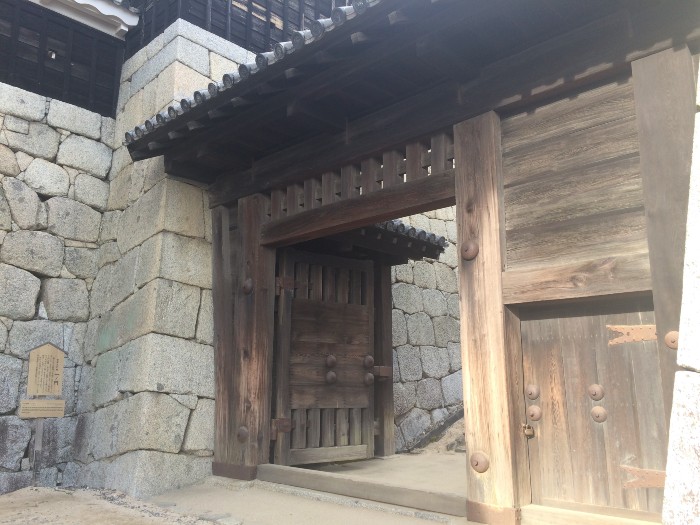
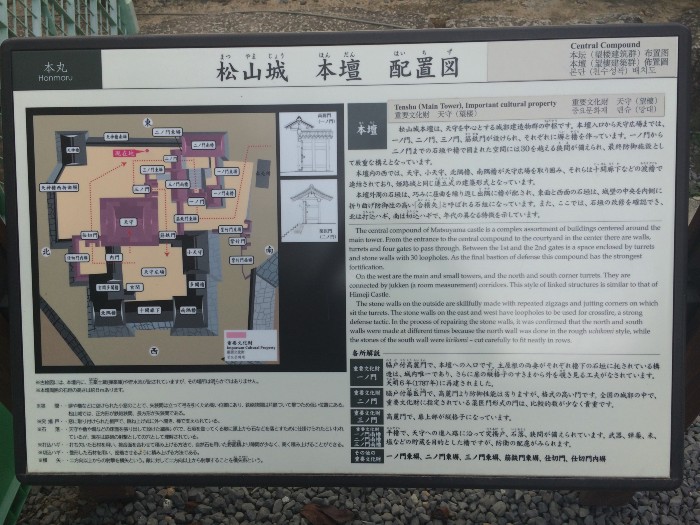
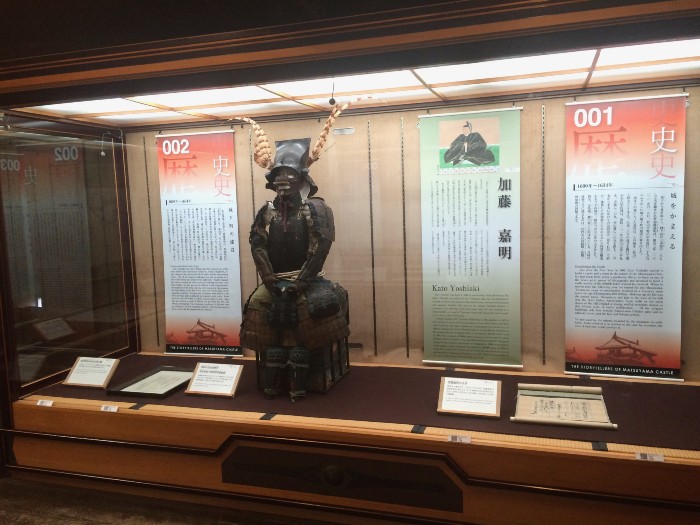
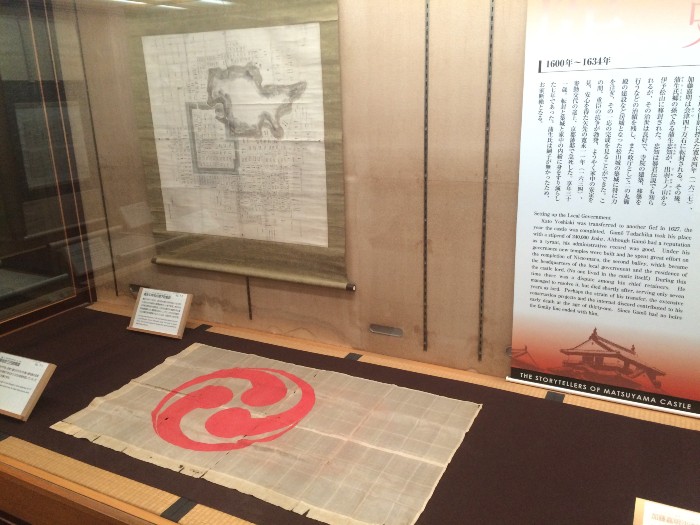
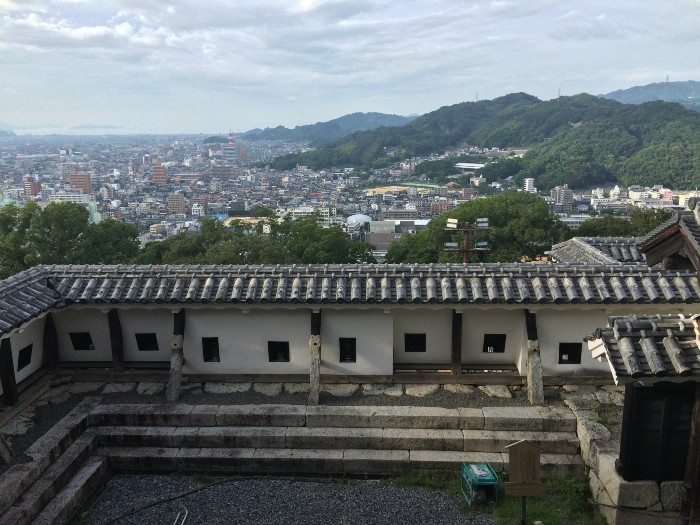
Sure, there are other places to visit in Matsuyama, such as Dogo Onsen, but this is the one that is a must. I know this is out of the way a bit, but if you are a long time resident of Japan Matsuyama Castle has to be on your list!
A parting note - you can check out the brochure for Matsuyama. It's got a lot of info about other attactions in the city. Cheers!














